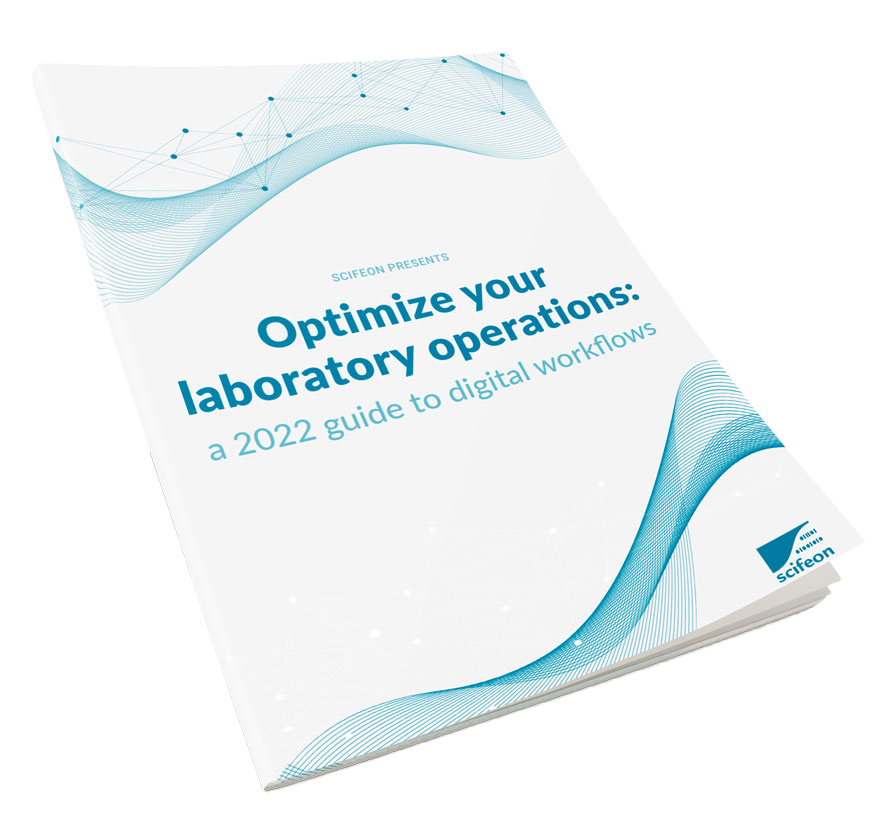With laboratory workflow management, often realized according to Standard Operation Procedures or SOPs, it might seem that collaboration surrounding their execution is already an inherent part of the process. But unlike the SOPs, communication between the scientists can take many different forms. The key for improvement could be hidden in the less noticable part of the labwork : digital data management.
Standard Operation Procedures have “standard” in their name, but there is nothing standard about the digitalization process. Each laboratory has its own set of instructions on how to execute their workflows. This means that it requires quick and professional teamwork of the scientists who are performing the procedures. And what else is teamwork if not communication and collaboration? To make sure it goes smoothly the laboratory needs the right set of digital tracks.
Old and reliable - or is it really?
Laboratories do not only have to streamline their local work processes. Often, there is a need to include communication with partners located elsewhere. Either outsourcing partners (like CROs or CDMOs) or simply other departments based in a different company site. The most common way to share data between multiple sites is by sending emails with Excel worksheets.
But let’s take a closer look on the risks this kind of lab workflow management creates:
- Multiple versions of Excel files = a source of miscommunication
- An increase of manual data processing
- Data is inaccessible in real time
- It is impossible to build a convenient and structured database
Looking at these aspects, it might be time to abandon the old way of emails and Excel sheets. Not only to improve collaboration and efficiency, but also for achieving long-term data management goals.
Improving the digital workflow
Choosing between the many digitalization offers on the market is not an easy task. In the end, we still need the functionality of the added features within emails and Excel worksheets that facilitate collaboration between scientists on multiple sites. But not all systems can offer that.
The wrong choice can lead you down a path of spending resources on a laboratory data management solution that just makes data sharing even more complicated; simply because of the lack of support for workflows in your laboratory. “One size fits all” actually fits none is a more accurate summary for this type of situation.
A good system will not only replace sending Excel files, but will also:
- Decrease waiting time – no need to wait for emails. You can access data when entered into the system
- Sync data from lab devices, so responsible personnel can react to mistakes instantly
- Reduce manual data transfering
On a long term basis the laboratory will have a structured, user-friendly database.
Did you get a chance to read our whitepaper?
Learn more about optimizing your digital lab workflows.
In this guide we give insights on:
- Supporting collaboration in the laboratory
- Ensuring the best data and knowledge sharing across departments
- Choosing Scientist friendly software
Making the clever choice
There are a couple of features to look out for when you are screening laboratory data management solutions:
- It needs to be customizable – This will save you a lot of future headaches generated from attempts of fitting data management to the reality of the workflows
- The implementation should be carried out with a close collaboration with the provider – there is nothing worse than implementing something and then realizing it was completely different than expected
- It needs to be user-friendly, so that people actually prefer to use it over other platforms.
This might sound simple, but it can be the main reason why digitalization projects end in failure.
Keep in mind that the end goal is to support scientists by digitalization freeing up their time – not the other way around. There is no need for the laboratory to compromise on neither speed nor convenience. The right system will simultaneously improve lab workflows and give people a way to share data quickly and easily.

